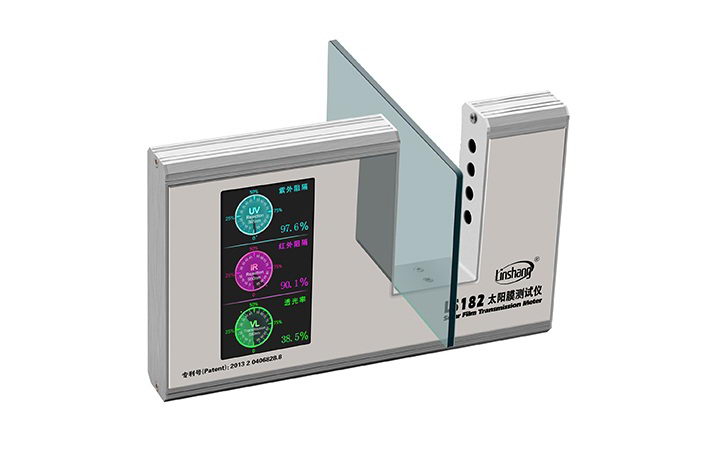How to Choose the Solar Film Transmission Meter?
For users who install solar film, they mainly focus on the UV and IR barrier and light transmission effect of the material. The most important one is the infrared rejection effect which means the thermal insulation performance. At present, the solar film on the market is basically classified into two types of decalescence films and sputtering film according to the principle of heat insulation. The Linshang LS182 solar film transmission meter can switch the test parameters at any time, no matter you want to test the decalescence film or the sputtering film.
At present, most of the decalescence films on the market have a better rejection effect on the infrared wavelength of 950 nm and the sputtering film has a better reflection effect on the infrared wavelength of 1400 nm. The data measured by the Linshang LS182 solar film transmission meter has a UV 365 nm rejection, visible light 550 nm transmittance, infrared 950 nm rejection, infrared 1400 nm rejection ,full infrared rejection and SHGC.
The Linshang LS182 solar film transmission meter adopts the parallel optical path design.
- Choosing the Right Window Tinting Film
- Window Tint Meter | Pros and Selection Methods of Architectural Membrane
- Advantages of LS110H and LS110A Split Transmission Meter
- Best Choice:LS182 Solar Film Transmission Meter
- Solar Power Lightens Up with Thin-Film Technology
- What is the Solar Heat Gain Coefficient Ratings (SHGC)
